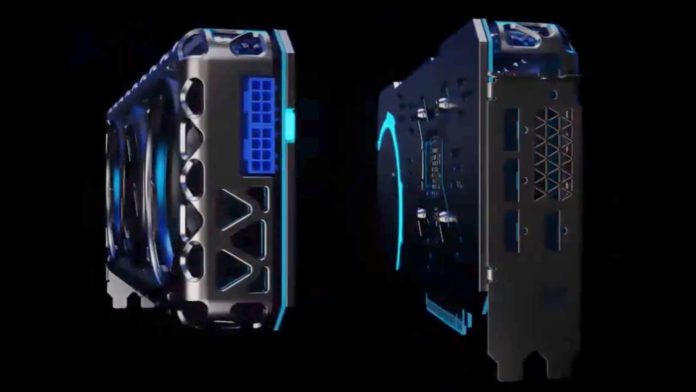We’ve finally gotten some more details about Intel’s Xe graphics platform. Team Blue has been tight-lipped so far about what’s set to be the biggest shakeup in GPU history since the late 90s. At the Intel Developer Conference or IDC, held in Tokyo this year, Intel had some new details for us. According to them, the Tiger Lake gen 12 parts will use a mobile Xe solution that will offer twice the GPU performance of Ice Lake Gen 11 graphics. This will be enough to deliver 69 FPS in popular eSports titles, at 1080p according to Intel themselves.

This is huge news for gamers. It’s important to remember that the vast majority of PCs ship with Intel integrated graphics. This is the default configuration that most people game on. An increase in graphics performance would open up higher framerate gaming in modern titles to a much wider range of people than before. Moreover, it’d pave the way to thin laptops that pack gaming punch without running out of juice in 30 minutes. While there’ve always been laptop designs with discrete graphics cards, battery life was always terrible with gaming workloads. A powerful, yet power-efficient iGPU could fundamentally change that equation.
Meanwhile, Intel also indicated that desktop Xe graphics cards would arrive as early as 2020, under the Arctic Sound code name. Intel will likely ship the first generation of Xe GPUs on a refined 14nm process. This is likely because at an Investor’s meeting earlier this year, they indicated that a Xe product, built using Foveros 3D Stacking, would be their lead product on the 7nm process node, albeit in 2021. This indicates that the 2020 Xe will remain at 14nm. That isn’t inherently a bad thing. At 14nm, Intel’s Coffee Lake parts do remarkably well compared to Ryzen, especially considering that the later’s at half the die size.
Intel also confirmed hardware support for ray-tracing to feature in the Xe desktop lineup. It’ll be interesting to see how this plays out. While ray-tracing per se is hardware agnostic when enabled under
Further Reading:


